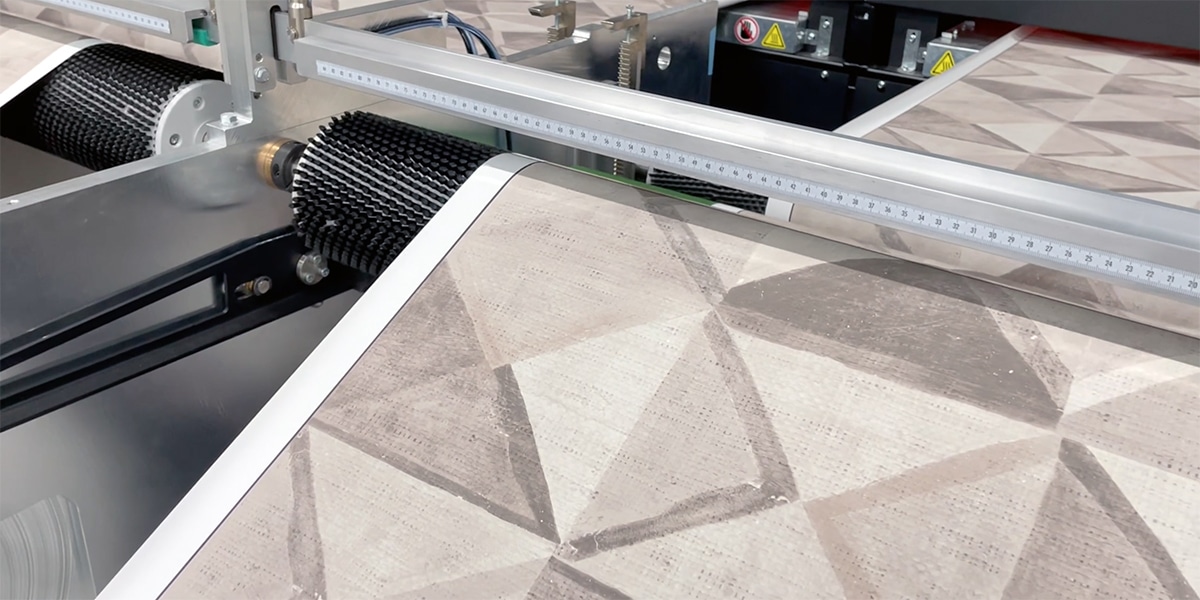Welcome to the vibrant and creative world of decorative paper printing! Whether you are a seasoned artist or a hobbyist, understanding decorative paper printing can elevate your projects to a whole new level. In this article, I will share my personal experiences and insights, helping you navigate through the myriad of options available in this fascinating realm.
What is Decorative Paper Printing?
Decorative paper printing refers to the process of printing unique designs, patterns, or textures onto various types of paper to enhance its visual appeal. This technique is used in a variety of applications, from crafting and scrapbooking to professional presentations and packaging.
Why Choose Decorative Paper Printing?
- Customization: Tailor your designs to fit your personal style or brand identity.
- Versatility: Suitable for a wide range of applications including invitations, gift wraps, and stationery.
- Impact: Captivating designs can make a lasting impression on your audience.
Types of Decorative Paper Printing Techniques
1. Digital Printing
Digital printing is ideal for producing high-resolution images and intricate designs. It’s perfect for short runs and customizable projects.
2. Offset Printing
Offset printing is a traditional method that provides excellent image quality and is cost-effective for large volumes.

3. Screen Printing
This technique uses a stenciled mesh to transfer ink onto paper. It’s commonly used for bold colors and can be applied to various materials.
4. Letterpress Printing
Letterpress printing creates a tactile experience with debossed or raised text/patterns. It’s often chosen for its vintage aesthetic.

5. Foil Stamping
This technique applies metallic foil to paper, creating a striking and luxurious effect that is perfect for special occasions.
Choosing the Right Paper for Your Projects
The choice of paper is crucial in decorative paper printing. Here are some popular types:

1. Cardstock
Thicker and sturdier, cardstock is perfect for invitations, greeting cards, and heavier prints.
2. Vellum
Translucent and elegant, vellum provides a unique layer, often used in overlays or intricate designs.

3. Textured Paper
Available in various finishes, textured paper adds depth and character to your prints.
4. Recycled Paper
An eco-friendly option, recycled paper can be used in many projects without compromising on style.

| Paper Type | Best Used For | Benefits | Considerations |
|---|---|---|---|
| Cardstock | Invitations, Cards | Sturdy, professional look | Can be heavier to print |
| Vellum | Overlays, Invitations | Translucent, elegant | Requires careful handling |
| Textured Paper | Art Projects, Stationery | Adds depth, unique feel | May require special ink |
| Recycled Paper | General Printing, Cards | Eco-friendly, creative | May have inconsistent texture |
Creative Applications of Decorative Paper Printing
Decorative paper printing has endless possibilities! Here are some creative applications:

1. Invitations and Greeting Cards
Custom invitations are a great way to set the tone for any event. With decorative printing, you can create a unique look that reflects your personality.
2. Gift Wrapping
Imagine wrapping a gift in beautifully printed paper—it’s an easy way to add a personal touch.

3. Art and Scrapbooking
Incorporate printed decorative papers into your artwork or scrapbook layouts for a vibrant, layered effect.
4. Business Branding
Use decorative paper for branding materials such as letterheads, brochures, and business cards to make a memorable impact.
5. Home Décor
Decorate your home with printed wallpaper, framed art, or decorative boxes made from custom-printed paper.
Pros and Cons of Decorative Paper Printing
Pros
- High level of customization and creativity.
- Variety of finishes and materials available.
- Can produce eye-catching and professional results.
Cons
- Some printing techniques can be expensive.
- Certain papers may not be suitable for all printing methods.
- Quality may vary based on printer and technique used.
Tips for Successful Decorative Paper Printing
- Know Your Printer: Familiarize yourself with your printer and choose the appropriate settings for the paper type.
- Design Considerations: Ensure your designs are created with the right resolution (300 DPI is standard for print).
- Test Prints: Always do test prints on the same type of paper you plan to use for the final print.
- Storage: Store unused paper in a cool, dry place to prevent warping or damage.
Common FAQs About Decorative Paper Printing
1. What types of decorative printing are most popular?
Digital printing and screen printing are among the most popular due to their flexibility and quality.
2. Can I print on both sides of decorative paper?
Yes, but it’s essential to ensure that your printer supports double-sided printing, and that the paper weight is suitable for this.
3. How do I choose the right type of ink for printing?
The choice of ink depends on the printing method. For example, dye-based inks are great for digital printing, while solvent inks are better for outdoor applications.
4. Are decorative papers eco-friendly?
Many decorative papers are available in recycled options, making them environmentally friendly. Always check the product specifications.
5. How do I finish my decorative printed projects?
Finishing options vary from simple cutting and folding to more advanced techniques like embossing, laminating, or applying a protective coating.